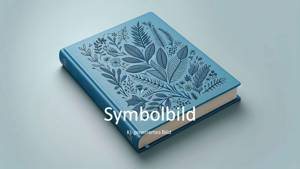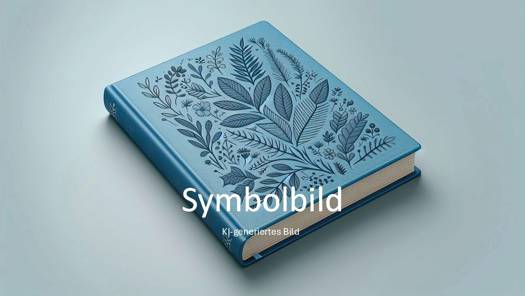
- Afhalen na 1 uur in een winkel met voorraad
- Gratis thuislevering in België vanaf € 30
- Ruim aanbod met 7 miljoen producten
- Afhalen na 1 uur in een winkel met voorraad
- Gratis thuislevering in België vanaf € 30
- Ruim aanbod met 7 miljoen producten
Zoeken
Omschrijving
Even from the outside, the tower and chancel of the Church of St Peter signalthat this is a building of special character. These distinctive features were madepossible, ultimately, by the drive towards modernization initiated in the reforms ofthe Council of Trent (1545-1563). The endeavour to modernize had an importantinfluence on the architecture of Mannerism, a pan-European style that favoured the types of extravagant and contrasting solutions that characterize St Peter's. Theimpression of exceptionality is brilliantly confirmed by the high altar. For reasonsof aesthetics, liturgy, and tradition, the Second Vatican Council's non-binding recommendation to erect 'people's altars' (1965) was never implemented at St Peter's- something that only enhances this high altar's significance.
Specificaties
Betrokkenen
- Auteur(s):
- Uitgeverij:
Inhoud
- Aantal bladzijden:
- 38
- Taal:
- Engels
Eigenschappen
- Productcode (EAN):
- 9783795473495
- Verschijningsdatum:
- 16/09/2025
- Afmetingen:
- 120 mm x 2 mm
- Gewicht:
- 60 g

Alleen bij Standaard Boekhandel
+ 7 punten op je klantenkaart van Standaard Boekhandel
Beoordelingen
We publiceren alleen reviews die voldoen aan de voorwaarden voor reviews. Bekijk onze voorwaarden voor reviews.








